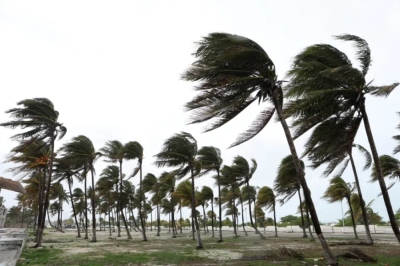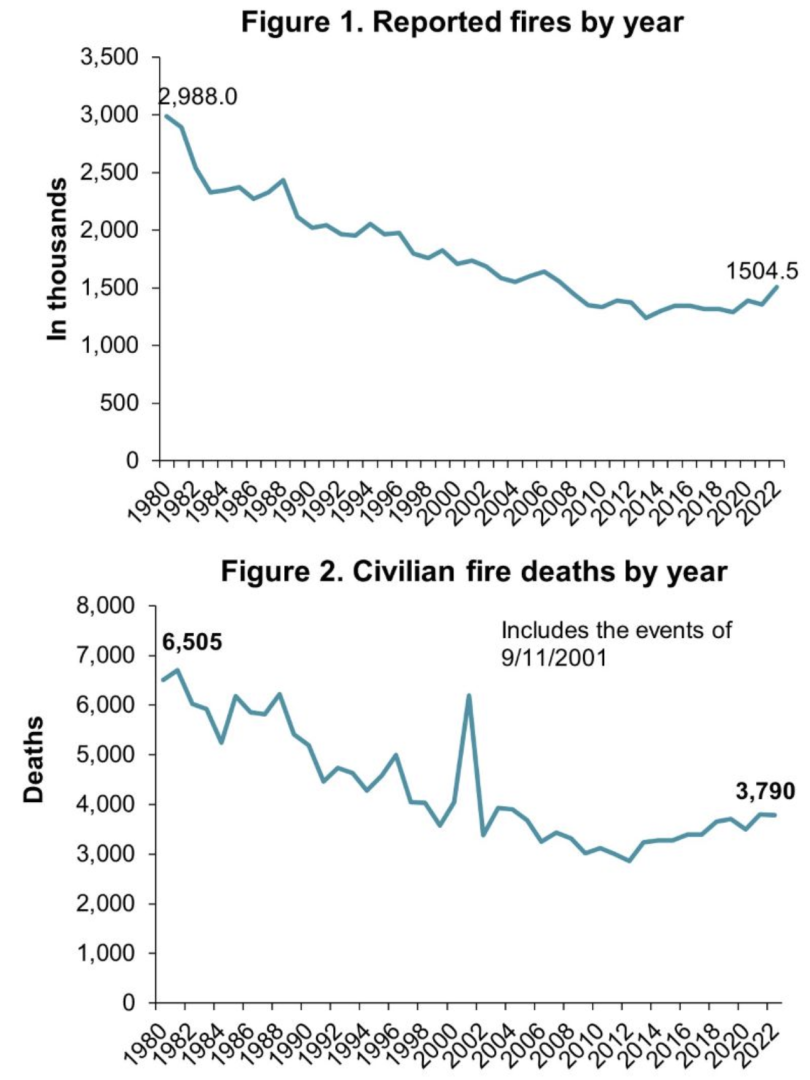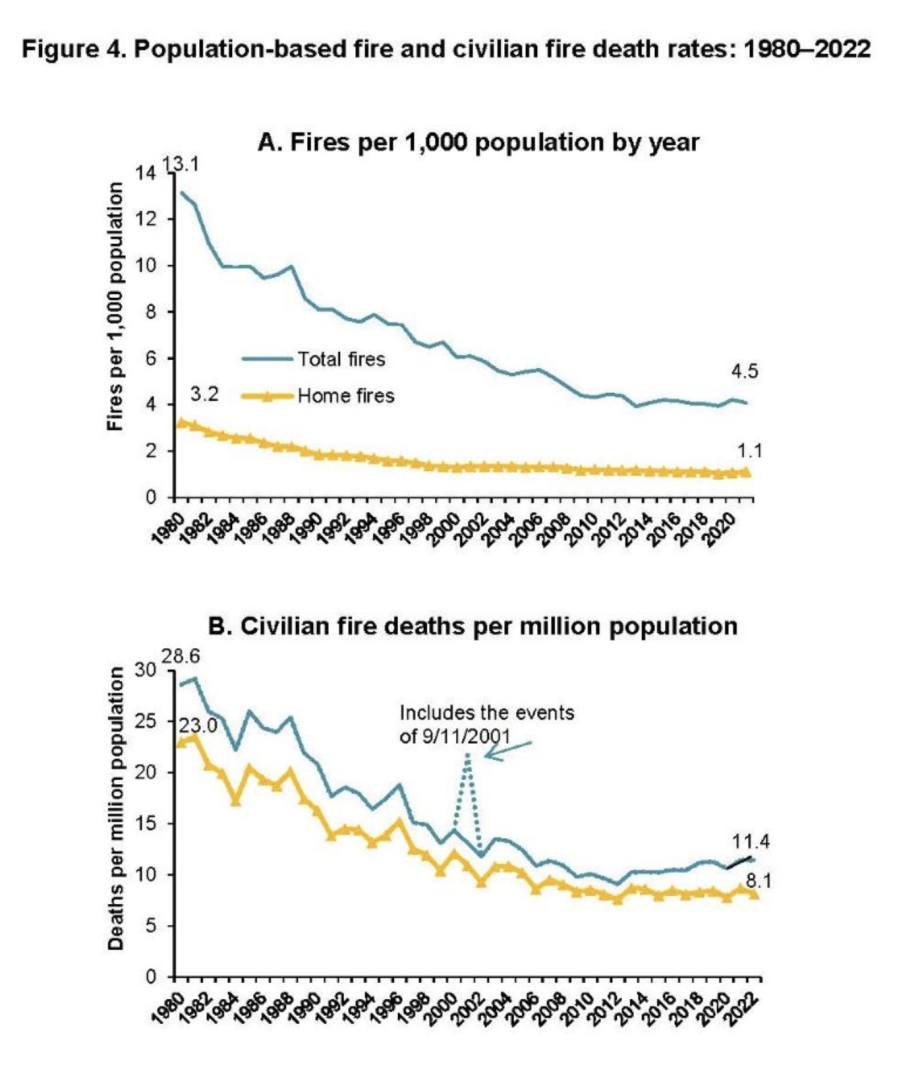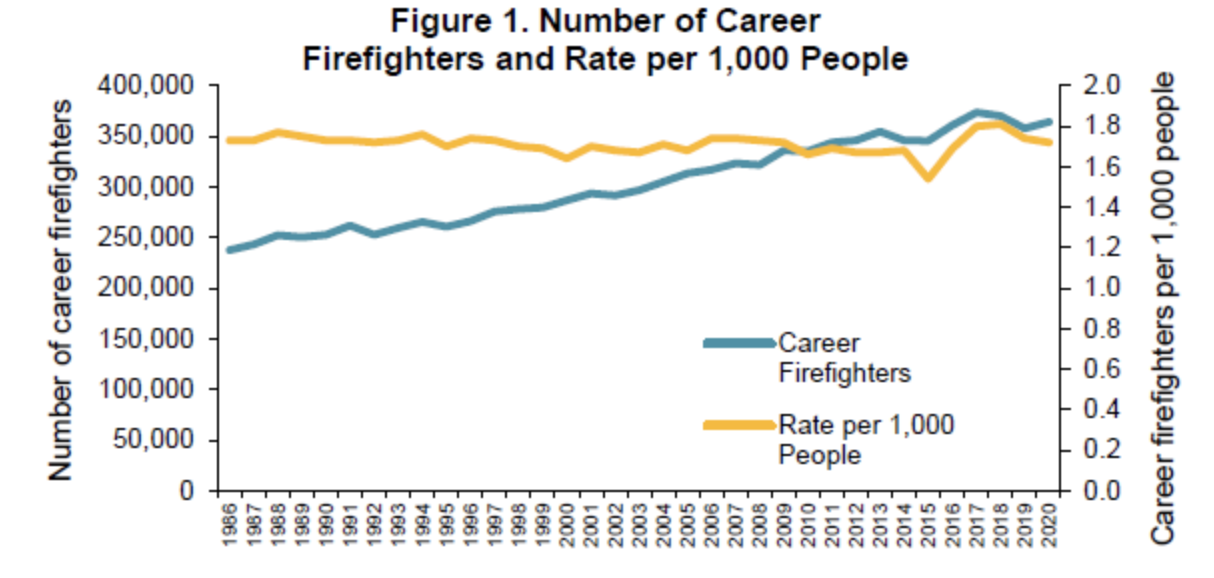
Some Facts about Fires
Fires, whether natural or human-induced, can have devastating consequences on both the environment and communities.
Understanding key facts about fires is crucial for prevention, preparedness, and effective response.
I see a lot more fire engines than I do fires, but as an economist, I trust statistics more than my own two eyes. The National Fire Protection Association collects the relevant data. Shelby Hall authored the most recent version of “Fire Loss in the United States” (November 1, 2023). The author notes: “On average, a fire department responded to a fire somewhere in the US every 21 seconds in 2022. A civilian was fatally injured in a fire every two hours and 19 minutes. Every 40 minutes, a civilian suffered a non-fatal fire injury.”
However, the longer-term trend of fires (based on fires reported to local fire departments) has generally been downward–although with a definite upward bump in 2022. Here are some basics:


Despite the fall in fires over time, the number of firefighters has climbed along with the general rise in population, so that the rate of firefighters per 1,000 people has remained the same. This data is from a different report from the National Fire Protection Association by Rita Fahy, Ben Evarts and Gary P. Stein, called “US Fire Department Profile 2020” (September 2022).

With fires and fire deaths down by half since 1980, what are the firefighters doing? Many fire departments have for a long time included health-related events, not just fires, in their basic mission. But as the number of fire-related responses by fire departments has declined, the number of health-related responses has risen substantially. Here’s the data from Fahy, Everts, and Stein (the provide annual data, but here, I’m just comparing 1980 and 2020):

As you can see from the above figure, the number of career fire-fighters has expanded by about 50% over the last 40 years (from about 240,000 to 360,000). In that time, the number of fire department calls has more than tripled (from about 11 million to over 36 million). However, the number of calls related to fires has dropped by more than half, reflecting the decline in number of fires. Medical aid or rescue was already a more common fire department activity back in 1980, but it has expanded quite rapidly. Fire departments also end up involved in a number of other situations like downed power lines, disaster relief, or even bomb threats. What it means to “be a fire-fighter” has been evolving over time.
Trending
-
1 UK Tech Sector Secures a Third of European VC Funding in 2024
Azamat Abdoullaev -
2 France’s Main Problem is Socialism, Not Elections
Daniel Lacalle -
3 Fed Chair Jerome Powell Reports 'Modest' Progress in Inflation Fight
Daniel Lacalle -
4 AI Investments Drive 47% Increase in US Venture Capital Funding
Felix Yim -
5 The Future of Work: How Significance Drives Employee Engagement
Daniel Burrus





Comments